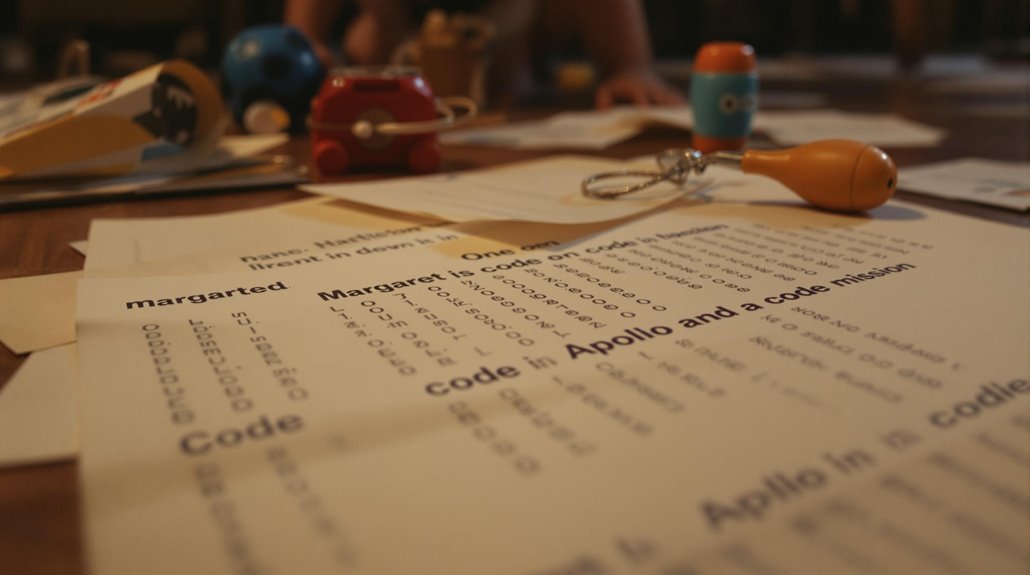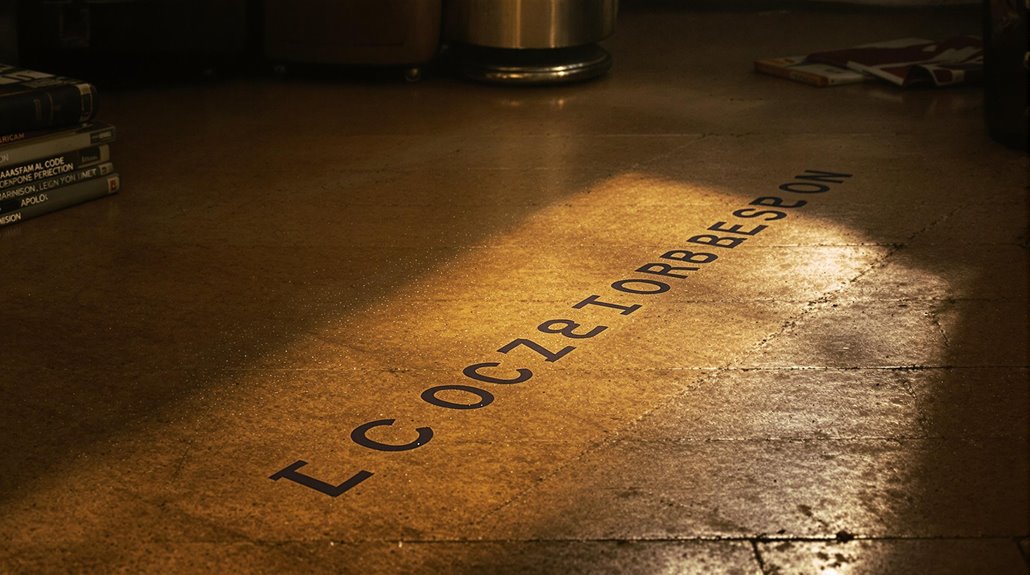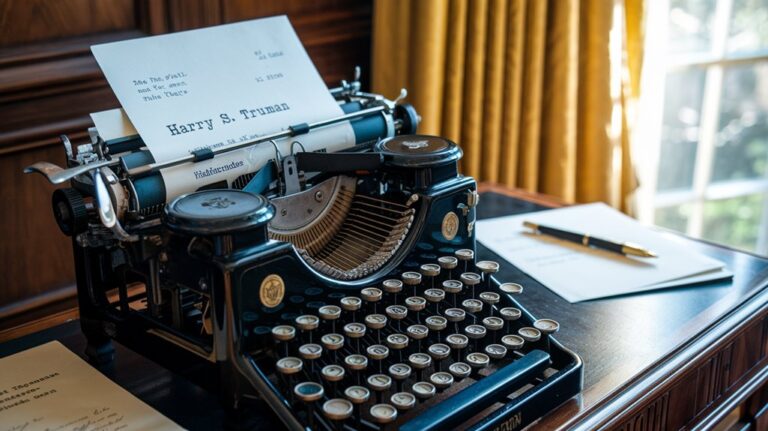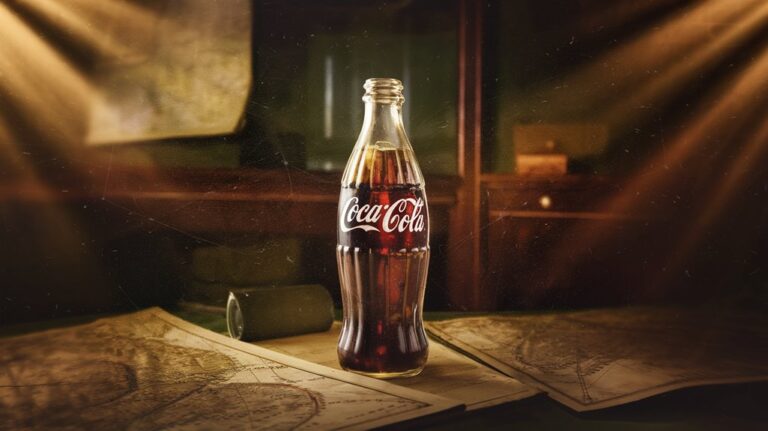Margaret Hamilton’s Code on the Floor: When Her Toddler Nearly Derailed the Apollo Mission
You might think that a child's playful afternoon and mankind's journey to the moon have nothing in common, but Margaret Hamilton's daughter proved otherwise. While testing Apollo's guidance systems at NASA, Hamilton brought her young daughter to work, unknowingly setting up a pivotal moment in space exploration. What happened next didn't just expose a critical flaw in the mission's software—it revolutionized how we approach computer programming and safety protocols in space flight.
The Brilliant Mind Behind Apollo's Software
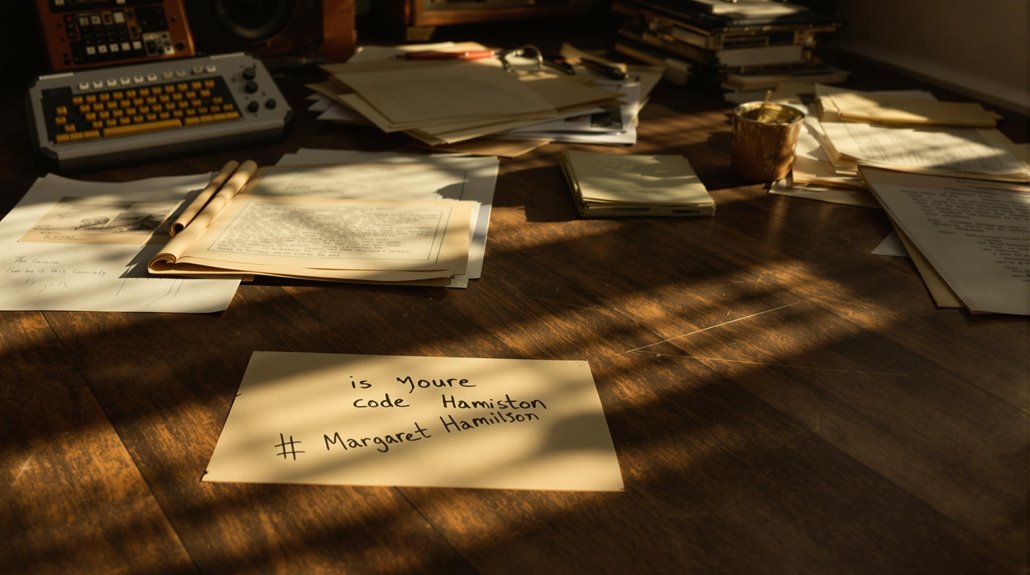
A pioneering force in computer science, Margaret Hamilton transformed the landscape of space exploration through her groundbreaking work at MIT's Instrumentation Laboratory. After graduating with a mathematics degree and developing weather prediction software, she'd join MIT's team in 1965, where her innovative approach to software engineering would change history. She would later establish Priority Displays to help astronauts manage critical system errors.
Her remarkable work began when MIT's laboratory contracted with NASA in 1961 to develop crucial guidance systems for the ambitious Apollo program. You'll find Hamilton's influence everywhere in modern computing. She didn't just lead the team creating the Apollo guidance systems – she legitimized an entire field by coining the term "software engineering."
Her work on error detection and priority scheduling proved vital during the Apollo 11 mission when her software prevented an abort during the lunar landing. From her early days programming the SAGE air defense system to receiving the Presidential Medal of Freedom, Hamilton's Apollo legacy continues to inspire generations of programmers.
A Child's Play That Changed Space History
Sometimes the most profound discoveries come from unexpected sources.
When Margaret Hamilton brought her 4-year-old daughter Lauren to MIT's lab, she couldn't have known that childhood curiosity would expose a critical flaw in the Apollo mission's software.
Lauren's playful interaction with the mission simulator, randomly pressing buttons while pretending to be an astronaut, led to unexpected consequences. Being able to bring Lauren to work was possible thanks to her husband James who believed in marital equality.
She managed to crash the system by activating the pre-launch program mid-flight – a scenario NASA believed impossible. As the first Apollo programmer, Hamilton used this incident to advocate for more robust error-handling systems.
Though officials initially dismissed Hamilton's concerns, claiming trained astronauts wouldn't make such mistakes, reality proved otherwise during Apollo 8.
When astronaut Jim Lovell made the exact same error in lunar orbit, Hamilton's team spent nine hours salvaging the mission.
This innocent moment of child's play ultimately revolutionized how NASA approached software safety protocols.
From Simulator Crash to Mission Safety
While Lauren Hamilton's simulator crash initially seemed like a minor incident, it exposed a vital vulnerability in the Apollo guidance system that NASA couldn't ignore.
When Hamilton discovered that launching the P01 prelaunch program mid-flight could crash the system, she immediately pushed for error prevention measures in the code.
NASA's initial response reflected their overconfidence in astronaut training, believing that perfect preparation would prevent such mistakes.
They'd prioritized saving computer memory over implementing safety checks, dismissing Hamilton's concerns about potential human error during high-stress situations.
This incident proved transformative for the Apollo program, leading to enhanced error-proofing features and a sophisticated priority display system.
These safety improvements aligned with NASA's newfound focus on preventing accidents after the tragic pure oxygen environment had contributed to the Apollo 1 fire.
Hamilton's discovery ultimately shaped NASA's approach to software engineering, establishing essential safeguards that would protect future missions from similar risks.
The scenario Hamilton predicted came to pass during the Apollo 8 mission, validating her earlier concerns about the system's vulnerability.
When Fiction Became Reality: Apollo 8's Close Call
Hamilton's error-proofing innovations would face their ultimate test during the historic Apollo 8 mission, when fiction eerily mirrored reality.
As you might imagine, the stakes couldn't have been higher when Apollo 8 ventured beyond Earth's orbit. The crew faced significant Apollo 8 challenges during lunar orbit that tested every system and contingency plan.
- Loss of signal during the most significant burn on the Moon's far side
- Computer alarms that required swift manual adjustments
- Concerns about the SPS engine's reliability for the return journey
- Navigation complexities using only sextant and telescope guidance
Her innovative approach to systematic error prevention had already proven invaluable during the development phase at MIT.
The mission's success validated Hamilton's emphasis on error prevention.
When the crew executed their Trans-Earth Injection burn, it wasn't just their lives at stake – it was humanity's first step toward proving we could safely navigate beyond our planet's boundaries.
The Code That Saved the Moon Landing

During the most vital moments of Apollo 11's lunar descent, a potentially catastrophic computer overload threatened to abort the mission. Just three minutes before landing, the rendezvous radar system began flooding the computer with unnecessary data.
That's when Hamilton's ingenious error handling system kicked in. Her Priority Display System recognized the crisis and took immediate action. The software's pre-emptive scheduler interrupted lower-priority processes, ensuring that essential landing functions received the computing power they needed.
This focus on software reliability proved vital – the system successfully prioritized essential tasks while discarding less important ones. The Apollo Guidance Computer accomplished this feat with just 72 kilobytes of memory.
Hamilton's innovative approach not only saved the Apollo 11 landing but also revolutionized spacecraft software development. Her methods of anticipating and handling potential problems became the foundation for modern space exploration technology.

